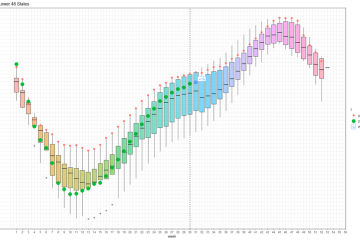KN592: A Groundbreaking Antiviral Compound

Introduction
Recent developments in antiviral research have brought attention to KN592, a compound that has shown significant promise in battling viral infections. As the world continues to grapple with various viral outbreaks, the discovery and understanding of effective antiviral agents like KN592 are crucial for public health. This article explores the significance of KN592, its potential applications, and the ongoing research backing its efficacy.
What is KN592?
KN592 is a novel antiviral compound developed through meticulous research efforts aimed at enhancing the efficacy of existing antiviral therapies. Preliminary studies indicate that KN592 acts on specific viral pathways, potentially inhibiting the replication of various viruses. This specificity makes it a strong candidate for further clinical evaluation as a treatment option.
Research and Findings
Recent trials conducted by researchers at the National Institute of Health have revealed promising results in laboratory settings. In vitro studies demonstrated that KN592 inhibits the replication of a range of viruses, including influenza and coronaviruses. Furthermore, the compound exhibited a favorable safety profile, making it an attractive candidate for therapeutic use. Researchers are now moving into the next phase of clinical trials to evaluate its effectiveness in humans.
Significance in Current Context
The emergence of new viral strains and the re-emergence of previously controlled viruses highlight the urgent need for effective antiviral medications. With the ongoing threat posed by infections like COVID-19 and influenza, the potential introduction of KN592 to the antiviral arsenal could provide much-needed support in containment efforts. Health officials anticipate that if KN592 passes clinical trials, it could become a valuable tool for treating viral infections.
Conclusion
KN592 stands at the forefront of antiviral research, representing hope in the fight against viral infections. As studies advance, the medical community remains optimistic about its potential impact. Continued research and collaboration are essential to bring KN592 to the forefront of therapeutic options for combating viral diseases. The outcomes of ongoing trials will not only shape the future of antiviral treatments but also enhance overall public health preparedness in facing viral outbreaks.









